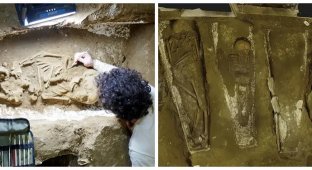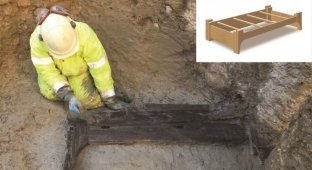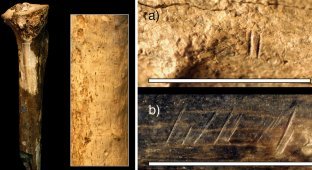Evidence of a fight between a gladiator and a lion was found in Britain (6 photos + 1 video)
The image of a Roman gladiator fighting a lion might seem straight out of the blockbuster Gladiator II. But 1,800 years ago, it was all real. The first physical evidence of such battles has been found in a Roman cemetery in York. 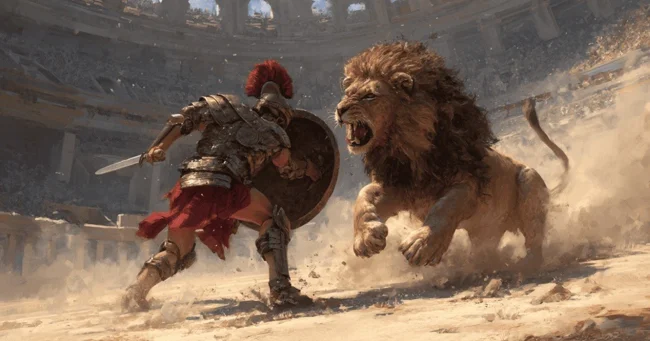
Archaeologists have discovered a skeleton with lion bite marks. The remains belonged to a bestiarius, a gladiator who fought animals in the arena. The fighter was between 26 and 35 years old at the time of his death and had a strong build.
Malin Holst, a lecturer in osteoarchaeology at the University of York, said: "The bite marks were probably made by a lion. This indicates that the skeletons in the cemetery were gladiators, not soldiers or slaves as previously thought."
The most visible bite wound is on the femur, which is likely to have been the cause of death. 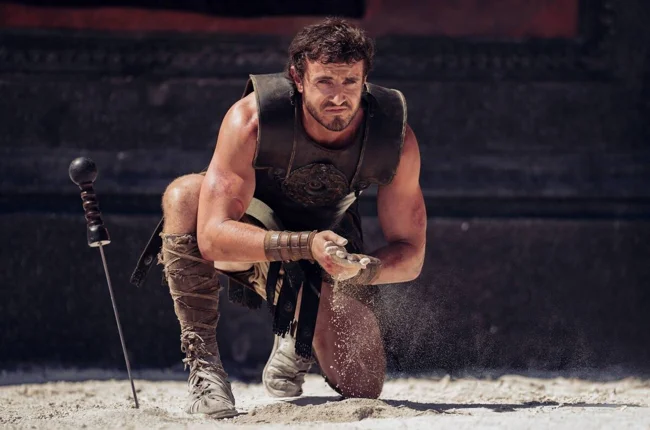
Paul Mescal in Gladiator II
The skeleton was unearthed in one of the best-preserved gladiator cemeteries in the world, Driffield Terrace, in 2010. Experts examined the remains of 82 men and were able to determine which Roman provinces they came from based on their tooth enamel.
The gladiator was buried with two others in one grave, with horse bones around his body.
He probably had problems with his spine during his life. These could have been caused by overexertion, pneumonia and hip inflammation, and malnutrition as a child.
Experts compared the bite with samples from the zoo to determine what animal inflicted it. The results showed it was a lion.
After death, the man was beheaded. This was probably a ritual. 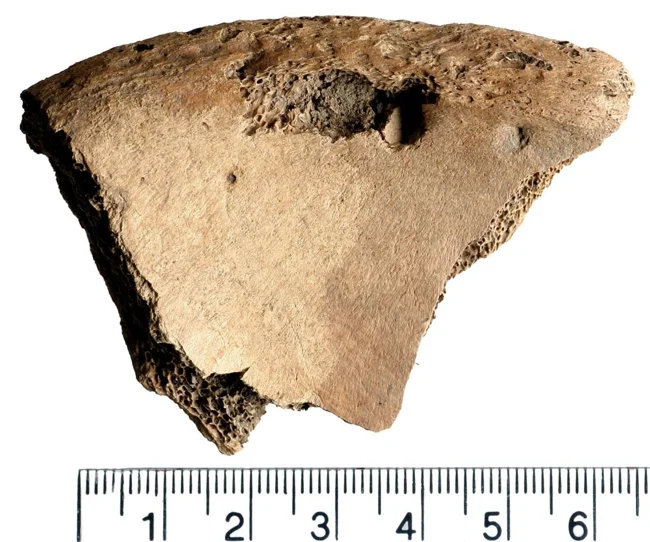
A bite injury found on a femur
Professor Tim Thompson, from Maynooth University in Ireland, said: "Our understanding of Roman gladiatorial combat and animal spectacles has long been informed by historical texts and artistic depictions. This discovery is the first direct physical evidence of such events. It adds to our understanding of Roman entertainment." 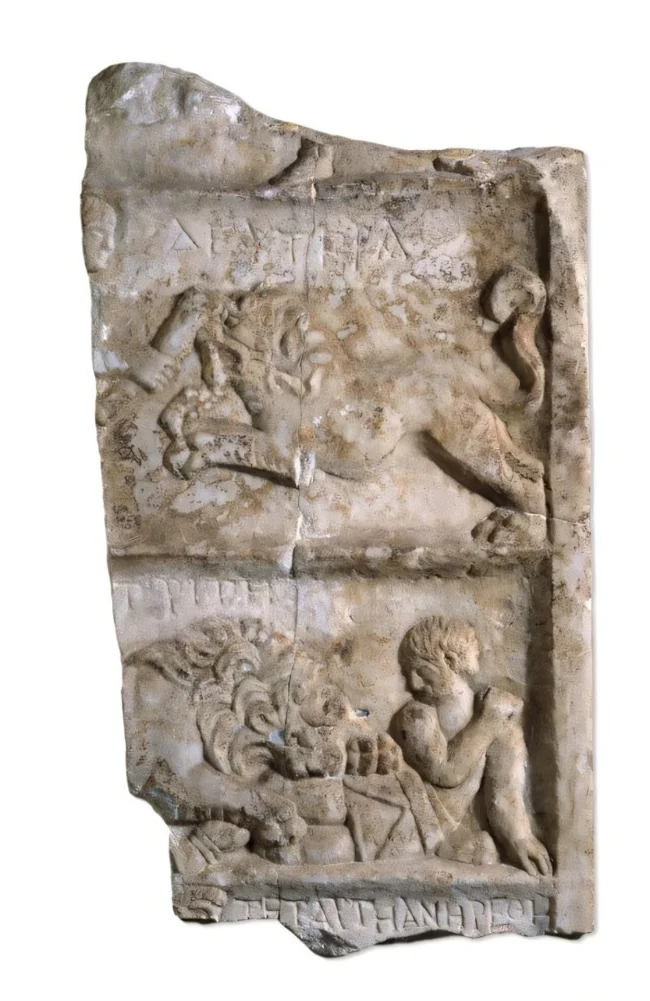
The team says many people picture these fights taking place in the majestic Colosseum in Rome. However, their research shows that these sporting events took place far beyond Rome.
"There was probably an amphitheatre in Roman York, but it has not yet been discovered," Holst added.
Gladiator competitions continued in York until the 4th century AD. This is likely due to the fact that many high-ranking military and political figures served in the city.
Among them, Constantine stood out, declaring himself emperor in 306.
It is also interesting to confirm the presence of animals comparable in size to lions in the area, not just boar and deer. 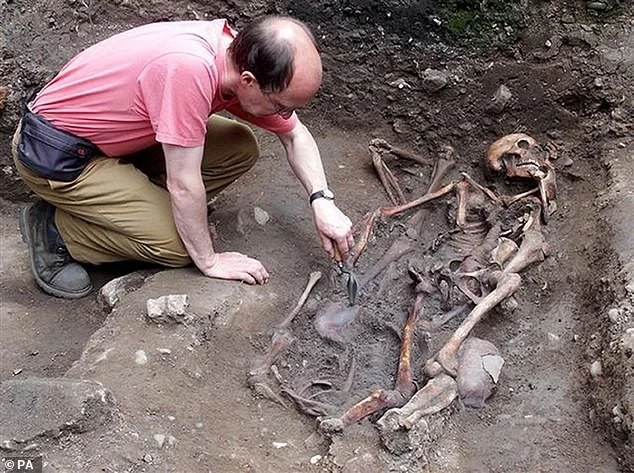
Kurt Hunter-Mann at the York excavation site
David Jennings, head of York Archaeology, said: “Our new study reveals details of the life and death of this man, complementing previous and ongoing genomic studies of male remains from a Roman cemetery. We will never know why this man ended up in an arena where he fought for the entertainment of the public. But it is remarkable that archaeological evidence for such gladiatorial combat has been found so far from the Roman Colosseum.” 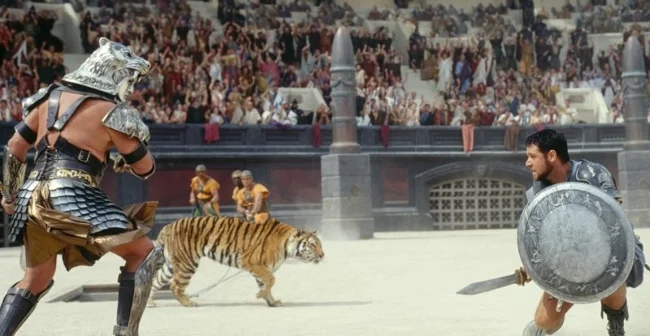
Russell Crowe in a scene from the film "Gladiator"
Pedro Pascal shared stills from the filming













